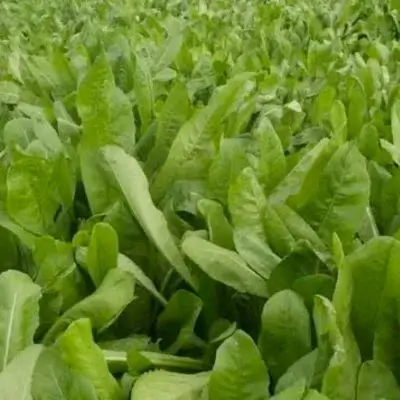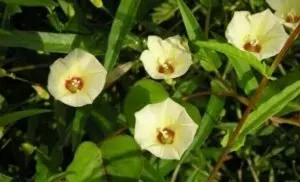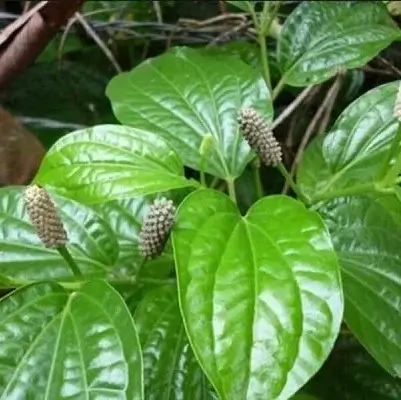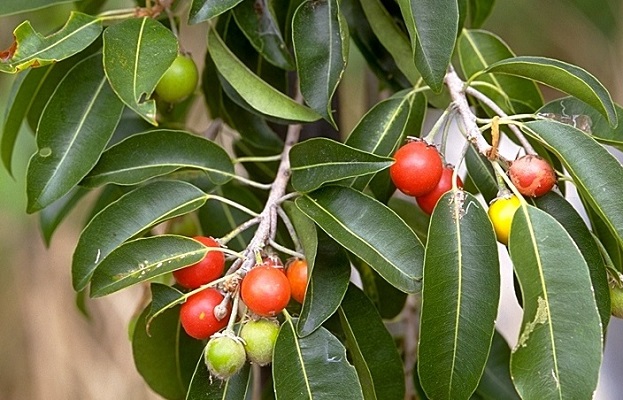On This Page
Prasarini – Merremia tridentata
Introduction
Prasarini, commonly known as Chinese moon creeper is commonly seen in South Indian states. The name Prasarini means that it spreads in all directions. Tridentata indicates the three toothed fruits if the plant. Prasarini is used mainly in Vata vyadhi.
Institute of Applied food Allergy guided by Dr.Gupta, have been studying on readily available herbs for the purpose of alleviating allergic condition. Our experts studied on Prasarini and proven the plant’s therapeutic activities like Anthelmintic, Carminative, Analgesic , Laxative, Anti-inflammatory actions etc. Prasarini can be used in various diseases like Vata disorders, Dysuria, Diabetes, Worm infestations, Piles etc. The methanolic and aqueous extracts of Prasarini is found to be antiviral in action and can be effectively used against viruses like influenza virus, Herpes simplex virus etc. It is also proven to be antiinflammatory and anthelmintic in nature. Nowadays Prasarini is also used for treating allergic conditions.
Action of Prasarini – Merremia tridentatain Allergies
IAFA experts have successfully proven the antiallergic property of the plant Prasarini. The plant contains phytoconstituents like diosmetion,lutedin,dissmetin ,glucosides etc. These phytoconstituents aids the antiallergic and anti-inflammatory property of Prasarini. It can be effectively used to alleviate skin allergic conditions.
Vernacular Names
| Sanskrit Name | Prasarini, Suprasara, Sarani |
| Hindi Name | Gandhali |
| English Name | Chinesemoon creeper |
| Malayalam Name | Talanili |
| Kannada Name | Hesarani |
| Marathi Name | Prasarini |
Botanical Name
Merremia tridentata
Family
Convolvulaceae
Morphology of Prasarini – Merremia tridentata
- Perennial herb
- Have small woody root stock
- Stem is prostate and slender
- Leaves are oblong ovate
- Flowers are pale yellow
Ayurveda reference of Prasarini – Merremia tridentate

Geographical distribution of Prasarini – Merremia tridentata
Prasarini is found throughout India especially in SouthIndian states and hilly areas.
Phytoconstituents of Prasarini – Merremia tridentata
The plant contains phytoconstituents like diosmetion, lutedin,dissmetin ,glucosides etc.
Parts used of Prasarini – Merremia tridentata
- Whole plant
Dosage of Prasarini – Merremia tridentata
- Powder (Curna) –2-4g
- Decoction (kwatha)- 50-100 ml
Medicinal Properties of Prasarini – Merremia tridentata
- Balya – promotesstrength
- Sulahara-relieves pain
- Sophahara – relieves swelling
- Jwaraghna – relieves fever
- Kushtaghna – relieves skin diseases
- Krimighna – useful in worm infestations
- Kandughna- relieves itching
- Vishaghna – useful in poisoning
- Vranahara – useful in wounds

Have A Health Issue?
Consult Online
- Dr. Sahil Gupta (B.A.M.S., M.H.A.)
Ayurvedic Allergy Specialist
CEO & Founder of IAFA®
Home remedies of Prasarini – Merremia tridentata
Ayurveda is not only a treatment system but also a lifestyle. The treatment system provided by Ayurveda uses herbs that are commonly seen around. Prasarini is one of the commonly seen herb and is used in different diseases like,
- In Dysuria (mutrakrchra) –Prasarini is taken with coconut water during morning hours.
- In Vata disorders (Vata vyadhi) –The oil prepared from Prasarini with its decoction, paste and milk. It is useful in Vata diseases
- In Worm infestations (Krimi) – Freshly collected juice of Prasarini is taken with honey.
- In skin diseases (Kushta) – Powder of Prasarini is made and taken along with honey.
- In Diabetes (Prameha) – Decoction is made of root of Prasarini and taken to cure diabetes.
- As Carminative (Deepana) – Prasarini is powdered and taken before food. It can act as a carminative.
- In Swelling (Sotha) – Paste is made of Prasarini and applied over area of Swelling.
- As Laxative (Anulomana) -Prasarini is powdered and taken with hot water.
Ayurveda is an Indian system of medicine which was popular from ancient times itself. Dr.Gupta’s IAFA have been conducting different research studies to find out different phytoconstituents of herbs used in Ayurveda and their action in body. Such knowledge acquired by our experts are used in preparation of medicines and providing safe treatment methods . IAFA is the provider of safe and effective treatment for a wide range of diseases, mainly allergic diseases all based on Ayurveda.
Reach IAFA for safe herbal remedies for all your ailments!!!
Was this Page Helpful?
Read More Articles

Kasini (Cichorium intybus)
Know about the uses, benefits, and medicinal properties of Chicory, Kasini (Cichorium…









